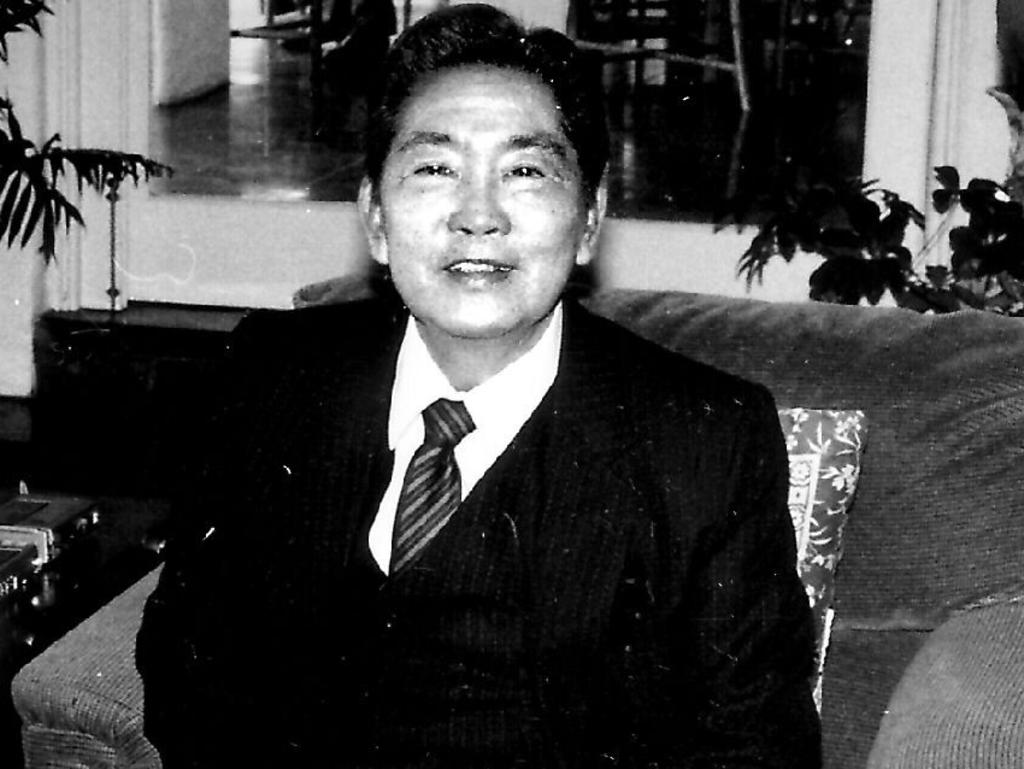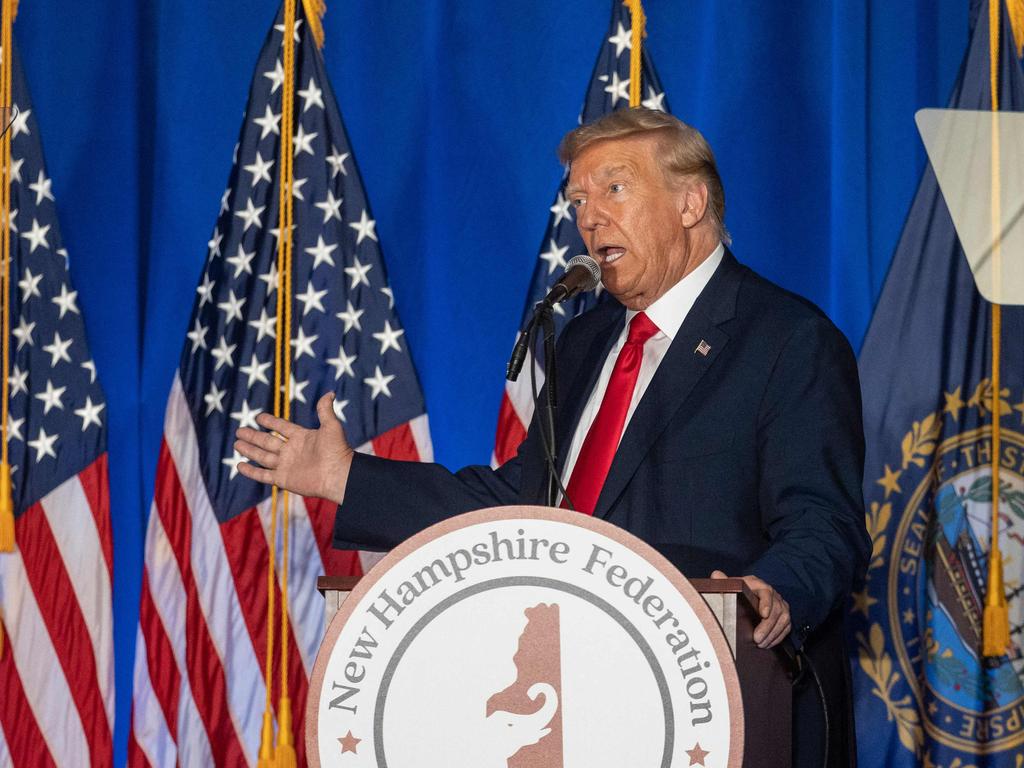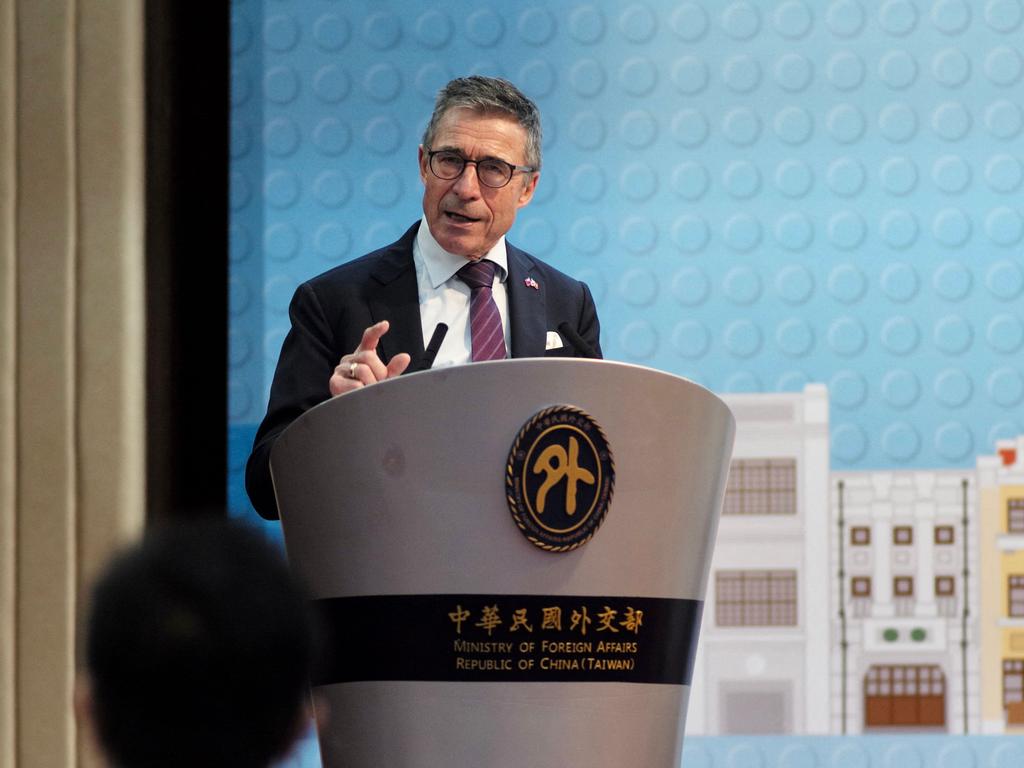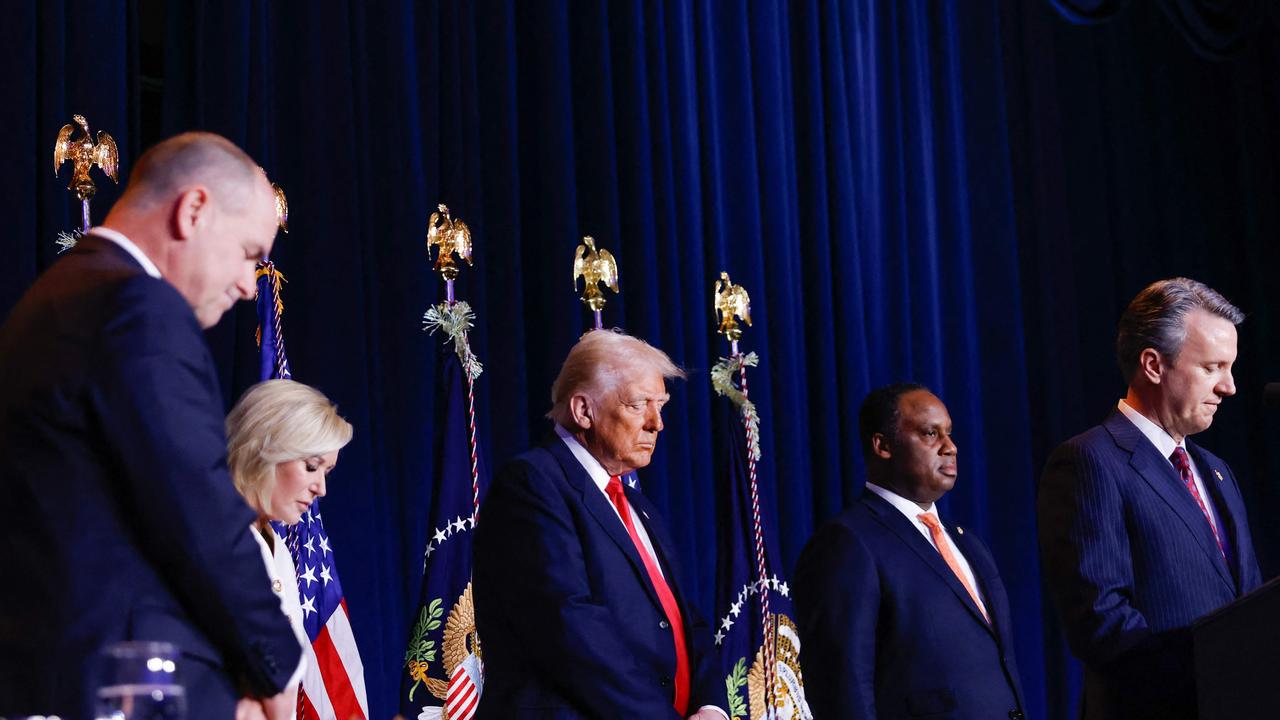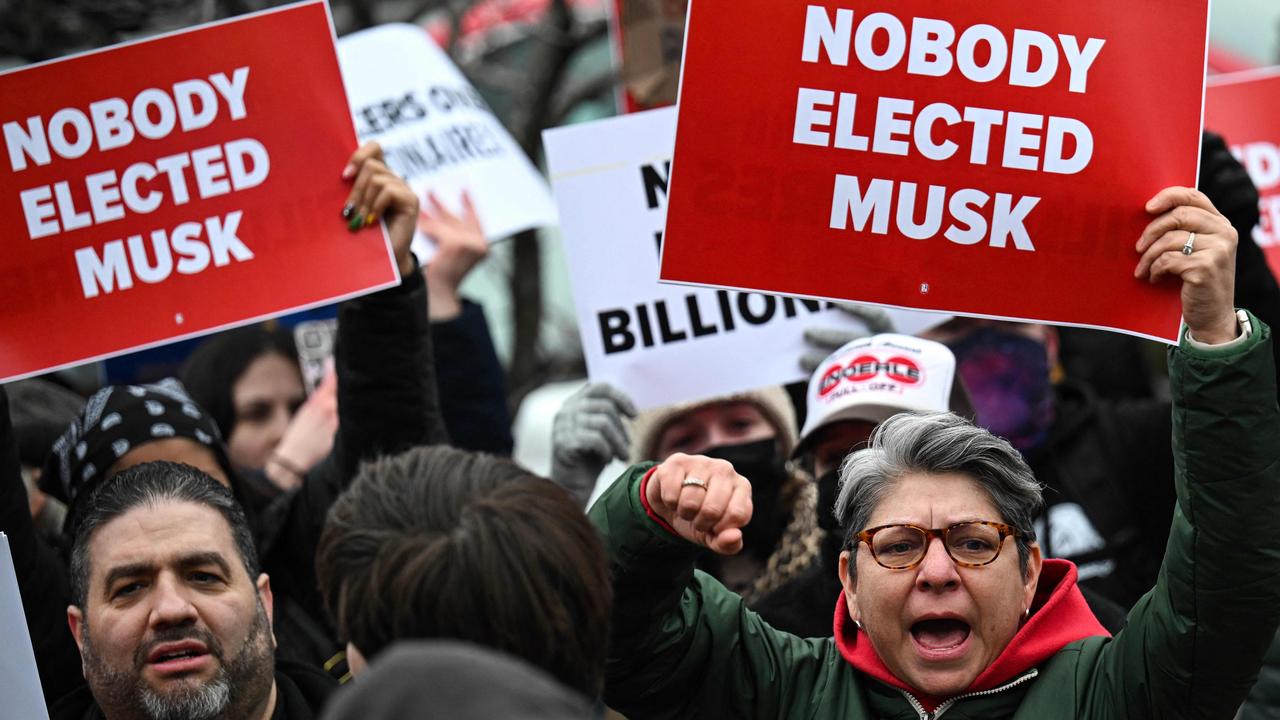Nato has one year to admit Ukraine: Trump will dump support
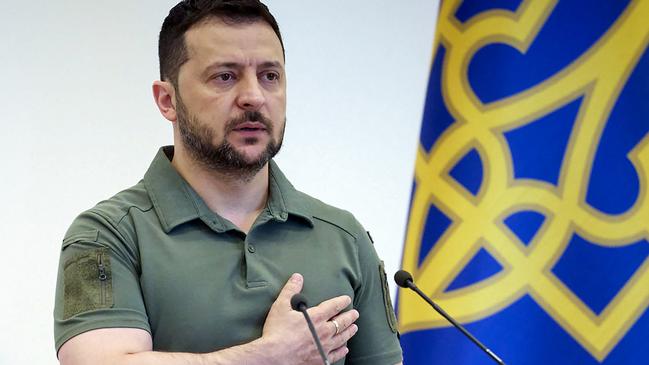
Emmanuel Macron made quite a splash before its 2019 London summit by announcing that Nato was brain dead. Now, before next week’s Vilnius summit, he is saying proudly that Europe has woken up. If it has, that won’t be down to the persuasive power of the French leader but to the gritty realities of an ammunition-gobbling war.
It is a European war waged primarily with kit and intelligence from the US, whose most dynamic allies are Britain, a country that stomped out of the EU, and Poland, which is one of the ringleaders of Europe’s awkward squad. That’s a pointer as to how Nato has to change its spots, weave together transatlantic decision-making, collectively identify the new threats from Putin’s Russia, develop more integrated defence industries and become adept at forming coalitions of willing war-fighting partners.
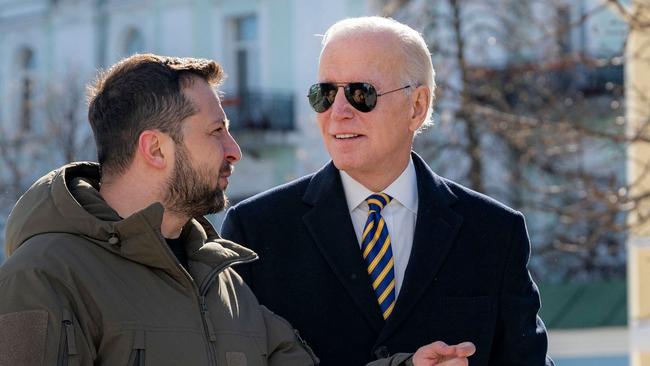
It has at most a year to do that. Not just because Nato is planning to celebrate its 75th birthday in 2024 with due pomp but also because the Washington summit next year might be Joe Biden’s last hurrah, the year that Donald Trump returns to the White House. If that happens, Ukraine will no longer be able to count on the current high levels of western military aid. As for Macron’s much-trumpeted strategically autonomous Europe ("being allies with the US doesn’t mean being a vassal!"), that’s not ever going to be more than a matinee performance.
So the Vilnius summit has to go beyond the self-congratulatory – a cynical diplomat described it to me as “another Edith Piaf summit”, as in “Non, je ne regrette rien” – and get on with fast-tracking Ukrainian entry into Nato. The resistance to this within the organisation is based nominally on alliance anxiety about being dragged into a war against nuclear Russia. In fact it’s more of a club thing, an opportunity to blackball, to huff and puff about Kyiv’s unpreparedness. Eventually Pall Mall establishments find ways of letting in people wearing trainers, Eurovision finds space for Israel and Australia.
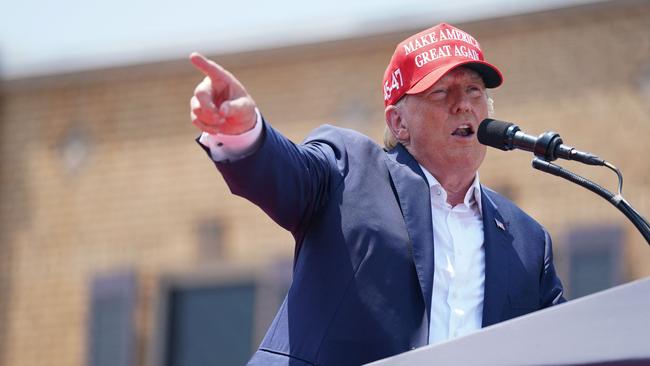
Now Nato too has to loosen up. It knows the war has the potential to split the alliance and has expanded to include Finland, adding another 832 miles to Nato’s border with Russia. It is trying to find ways round Turkey’s blackball of Swedish membership while simultaneously dodging the question of whether Erdogan’s Turkey belongs in the club in the first place. Nato, in short, is adaptable and capable of acceleration. Compare its management of the Ukraine invasion with that of the hand-wringing of the United Nations, the feebleness of the security council.
The case of Finland suggests that even with Nato’s foot on the pedal it can take almost a year to reach full membership – that is, from the first formal invitation, through accession talks, letters of intent, timetables for reform, the signing and ratification of protocols – to the point where the Article 5 collective defence proviso can kick in. And Finland was always going to be easier than Ukraine.
Ukraine thinks it has earned the right to a formal invitation next week because other security promises, such as the giving up of its share of the Soviet nuclear arsenal in return for supposed protection against attack, have proved hollow. Nato is offering a Ukraine-Nato council which would give a degree of co-ordination. But that will not stop Putin in his tracks; only full membership will do that.
Some Nato allies are worried, then, that an honest invitation to Kyiv will prod Putin towards more violence – the blowing up of the already mined Zaporizhzhia nuclear plant would be tantamount to releasing a dirty bomb – and will make a peace settlement all but impossible since Moscow will demand Ukrainian neutrality. “Grey zones are green lights for dictators,” warns Kurt Volker, former US special representative for Ukraine.
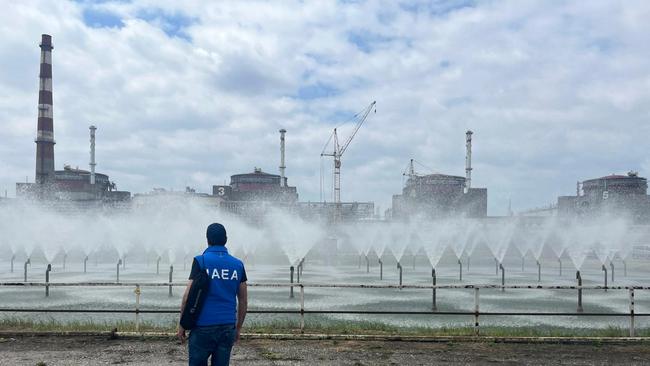
Nato’s summit priority is to find an interim but credible way of securing Ukraine while the accession process winds its way through parliaments and chancelleries. There seem to be three possible paths: the “hedgehog option”, a bilateral security pact or a joint expeditionary force. The hedgehog approach is essentially to treat Ukraine like Israel and to arm it, co-operate on high-tech defence, create sufficient strategic ambiguity to make a potential enemy think hard. But Israel has an (unacknowledged) nuclear program while its likely enemies, with the exception of Iran, do not.
Ukraine could benefit instead from a security pact with the United States, much as Japan and South Korea enjoy. But Washington is reluctant to take that road since it could lead to a disproportionately expensive commitment. And Kyiv sees the risks if the US administration changes. Jimmy Carter, after all, cancelled the US-Taiwan security pact to cosy up to China.
That leaves the idea of an expeditionary force. Under British or Polish leadership, with US backing and political support from across central and eastern Europe, it would act on Nato initiative to add to the muscle of Ukraine in the gap between formal invitation and acceptance. It should be able to provide a credible deterrent – multinational, battle-tested, high readiness. Even the arrival of an isolationist American president would not completely undermine its value.
That’s the kind of flexible response force that Nato needs to be developing anyway so that it doesn’t become paralysed by the fear of Armageddon. If Volodymyr Zelensky turns up in Vilnius next week he will certainly prod the alliance to ramp up ammunition production, to fund defence start-ups, to help rebuild Ukraine’s own arms industry, to protect supply chains. Most of all, though, he will be looking for signs that Nato’s brain is still ticking.
The Times

